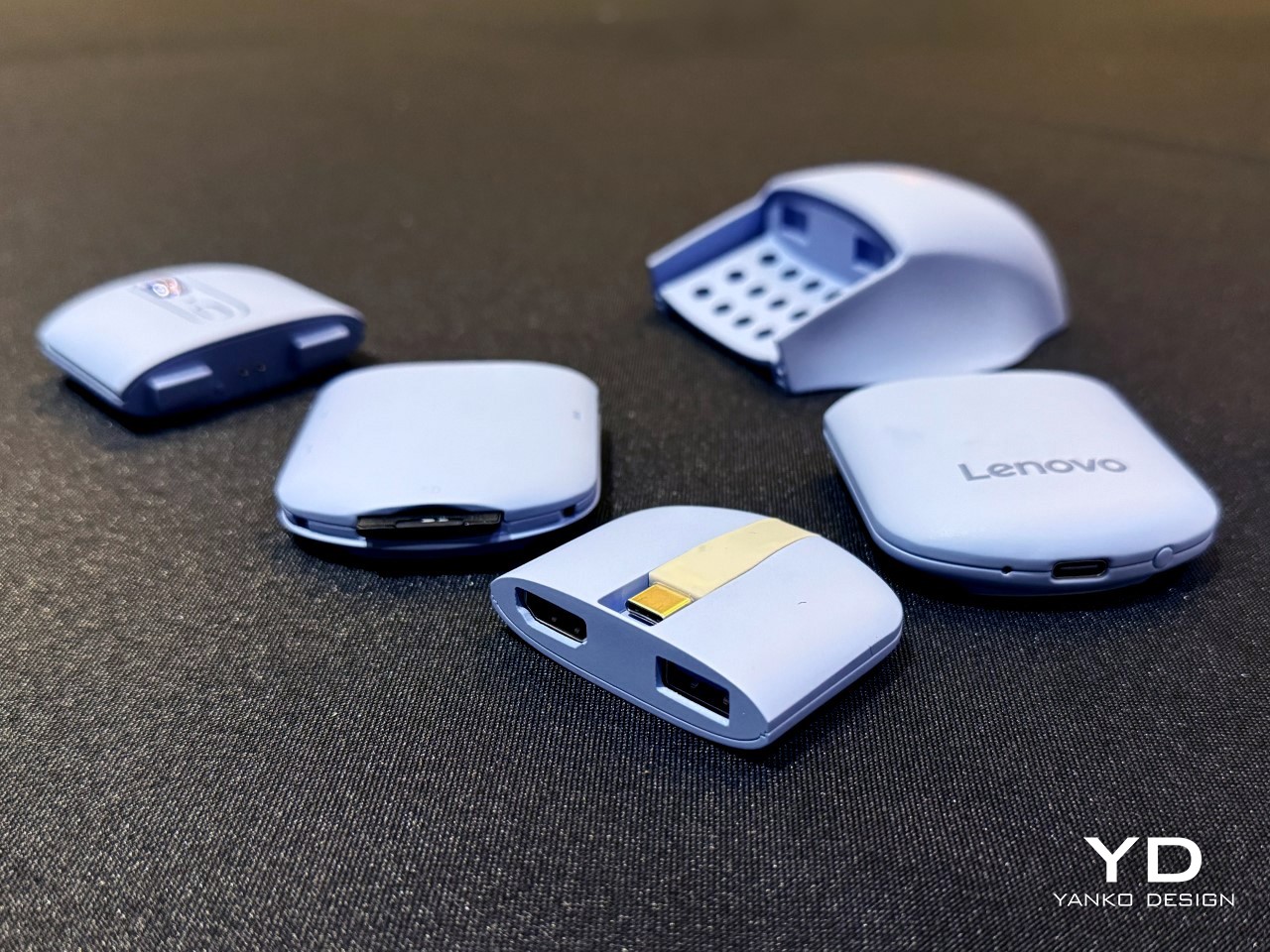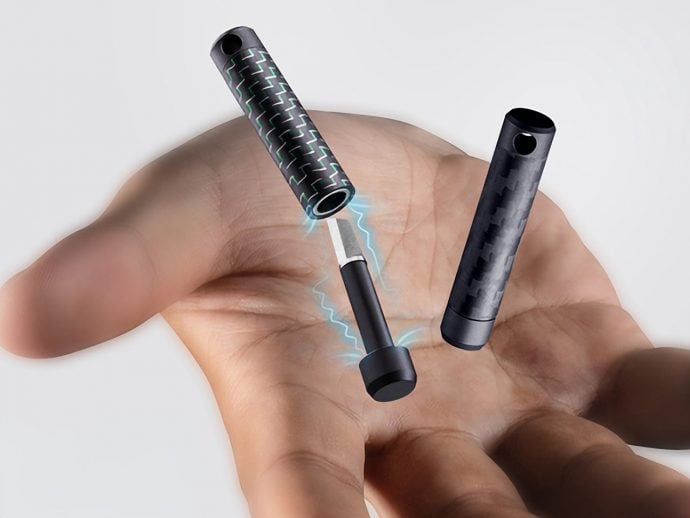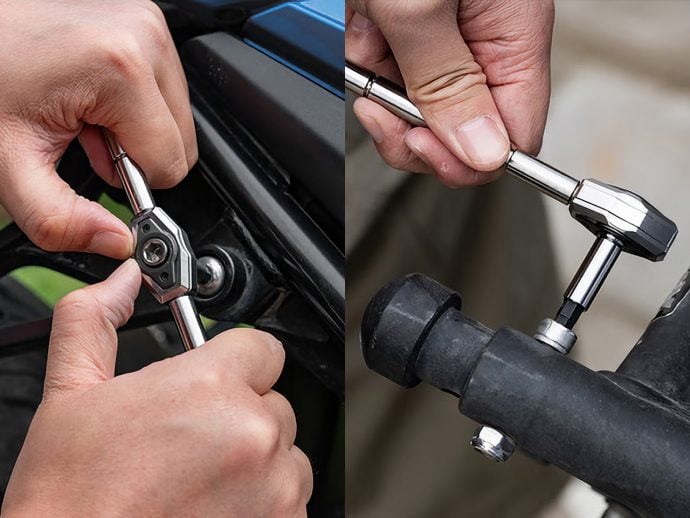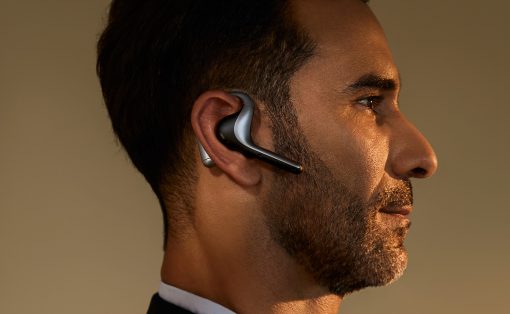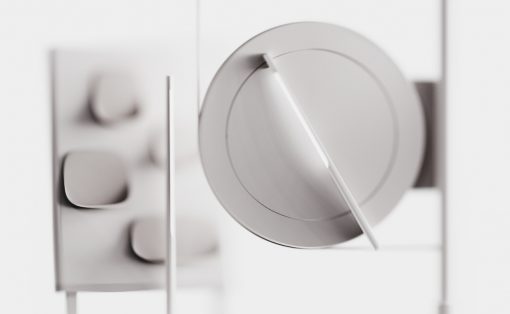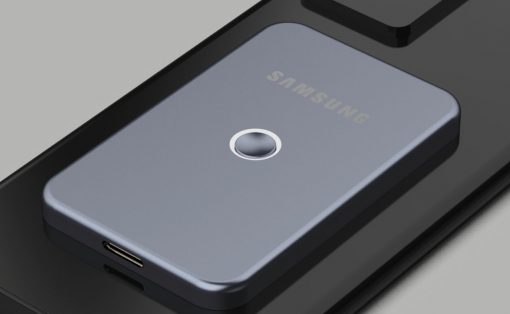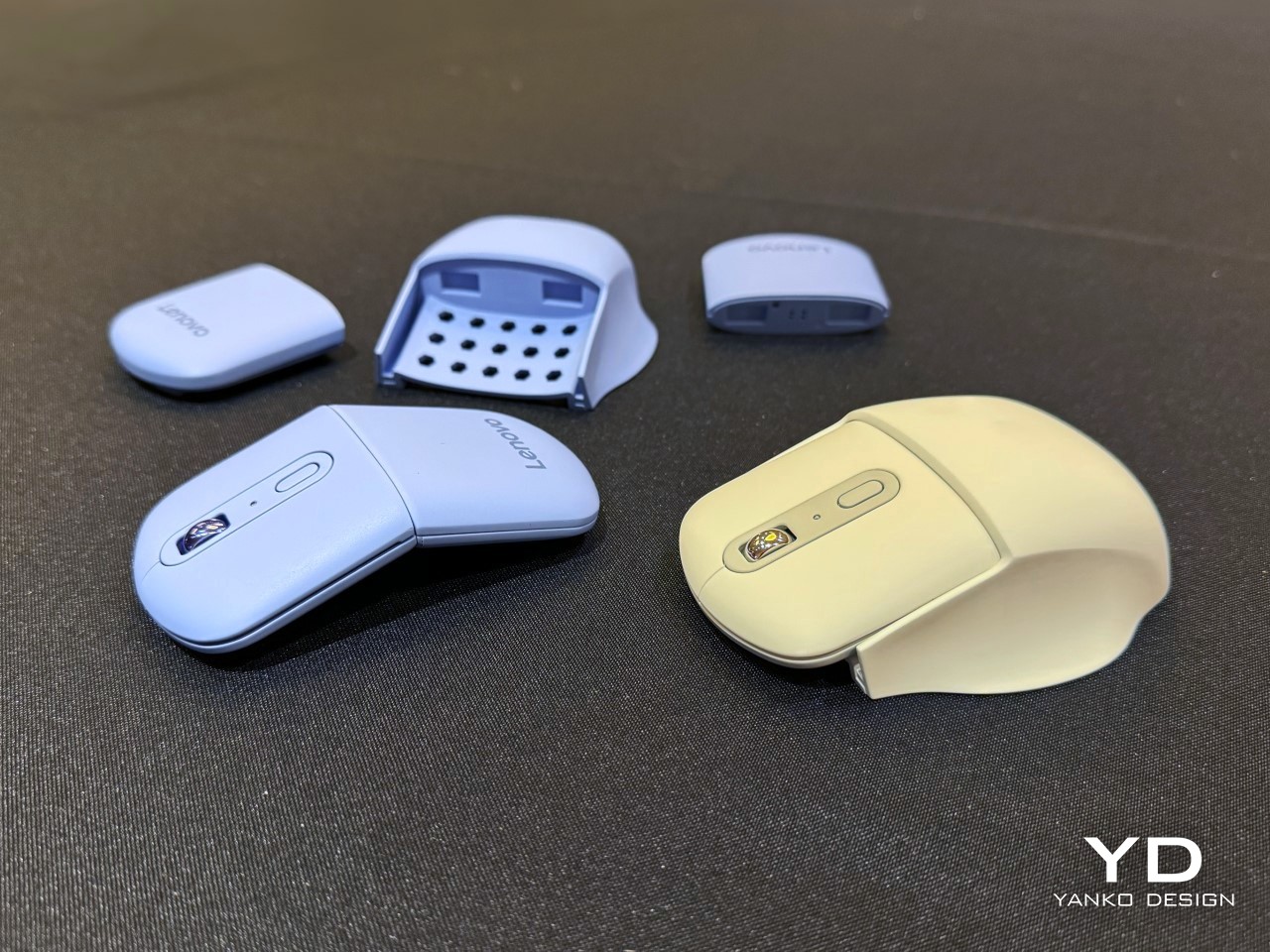
You go to a tech expo like CES expecting to be absolutely wowed by phones, laptops, GPUs, cars, and all sorts of prominent product categories. I went to CES 2025 and was wowed by a mouse… yes, a wireless mouse that connects to your computer. Designed by the folks at Lenovo, the AdaptX Mouse easily impressed me as one of the most audaciously creative ideas ever brought to life.
Designed to be modular, portable, and flat-packable all at the same time, the AdaptX Mouse comes in multiple parts that snap together to make the mouse of your dreams. You’ve got one half that has the buttons and wheels, and the other half that forms the rear of the mouse. Snap two halves to make the mouse you need – an ergonomic rear for a grippy mouse, a flat rear for a portable mouse, or even rotate the flat rear 180° to get the mouse propped up at an angle for a more grip-friendly experience. It’s just the kind of project I’d expect to see from a budding designer on Behance… except, this was from Lenovo – it was real, it worked, and it was flawlessly clever.
Designer: Lenovo
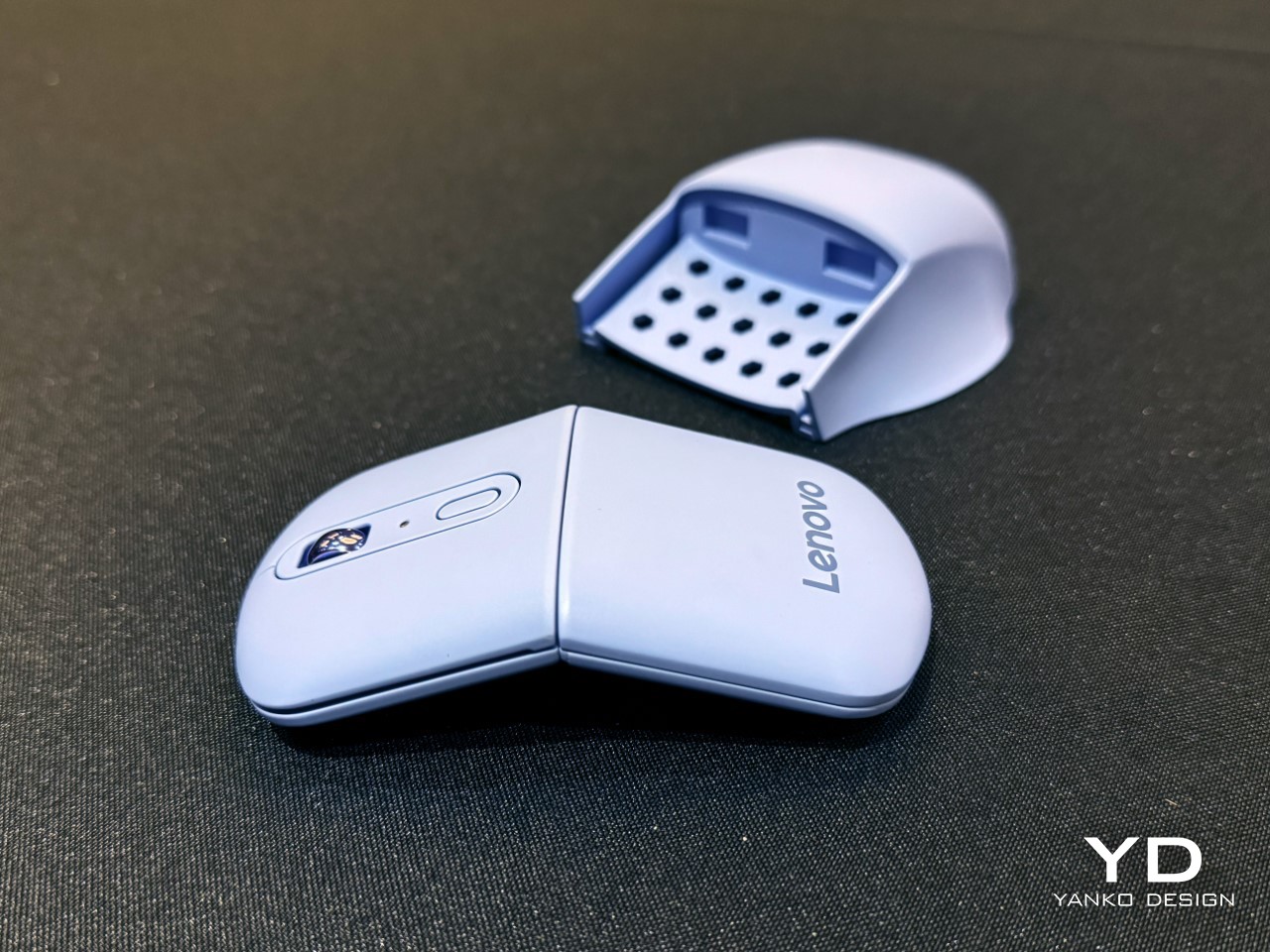
This is the AdaptX Mouse POC from Lenovo – the POC stands for Proof Of Concept, which means that as much as I rave about how clever its design is, there’s a fair chance it won’t ever launch. I spoke to the folks at Lenovo and coaxed them for a price and launch date, but their answer was firm – they were merely gauging public interest and showcasing their design and tech abilities. The AdaptX isn’t on the launch schedule any time soon, and might just never launch if Lenovo doesn’t believe it’s worth it. I’m here to say that it is.
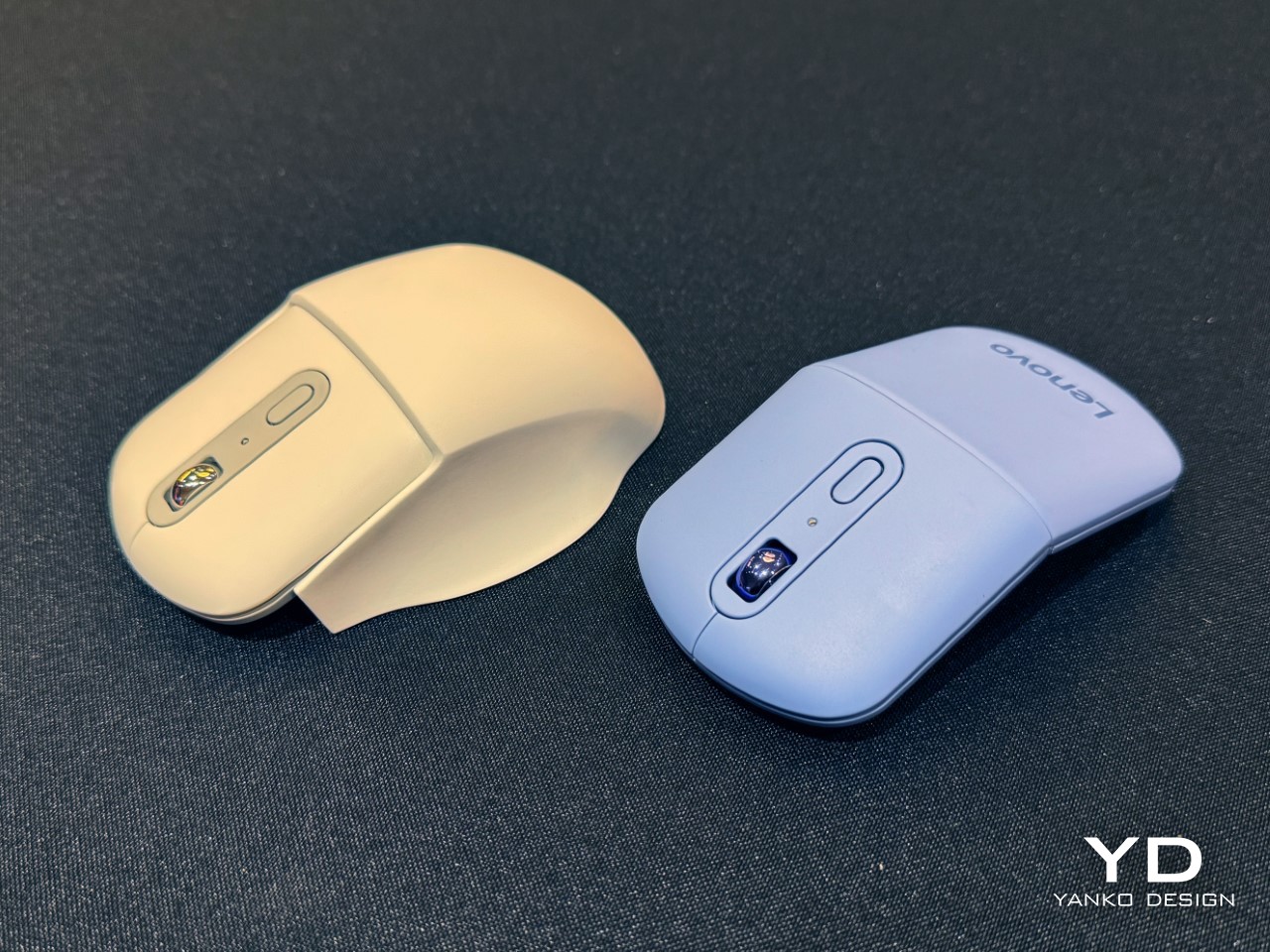
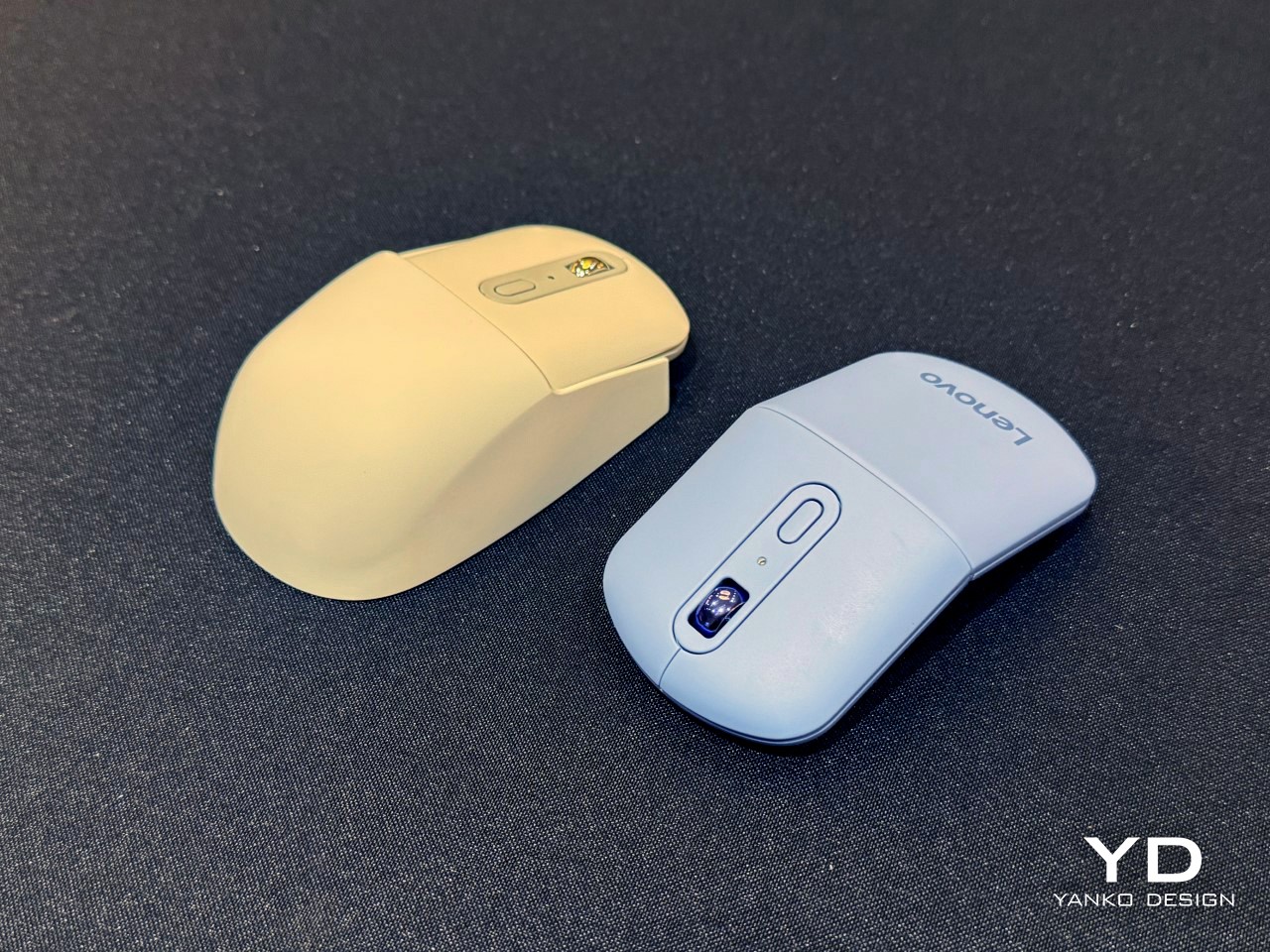
What’s so wonderful about the mouse is that it has the demeanor of a chameleon, shapeshifting to suit your needs. The mouse itself is a two-piece unit. The actual mouse is just the front half, with buttons, a scroll wheel, and an optical sensor. The rear, however, completes the mouse’s avatar, giving it body – quite literally. The front and rear are designed to snap together at will, and Lenovo basically built an ecosystem around this snapping action.
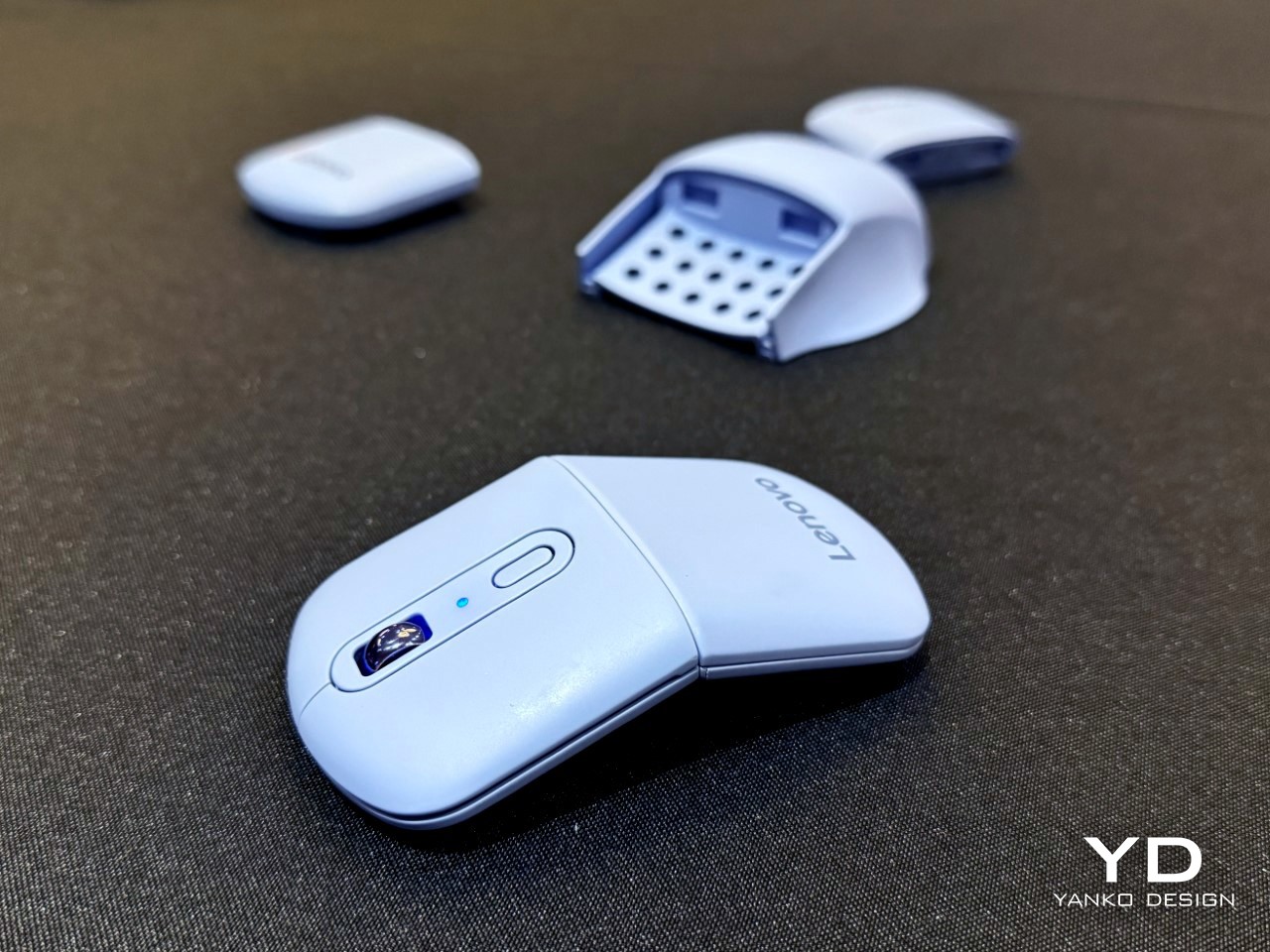
The most basic avatar of the mouse is shown above, with its simple, angled design that makes it perfect to grip while still keeping it sleek. Look at the mouse and you intuitively know that the crease running along that angle means the front and rear halves can be separated. Pull them apart and your mind instinctively tells you to rotate the rear 180°. Join the mouse back together and it goes from being the angled grippy peripheral to a slick, flat mouse that hugs the floor, like the one shown below.
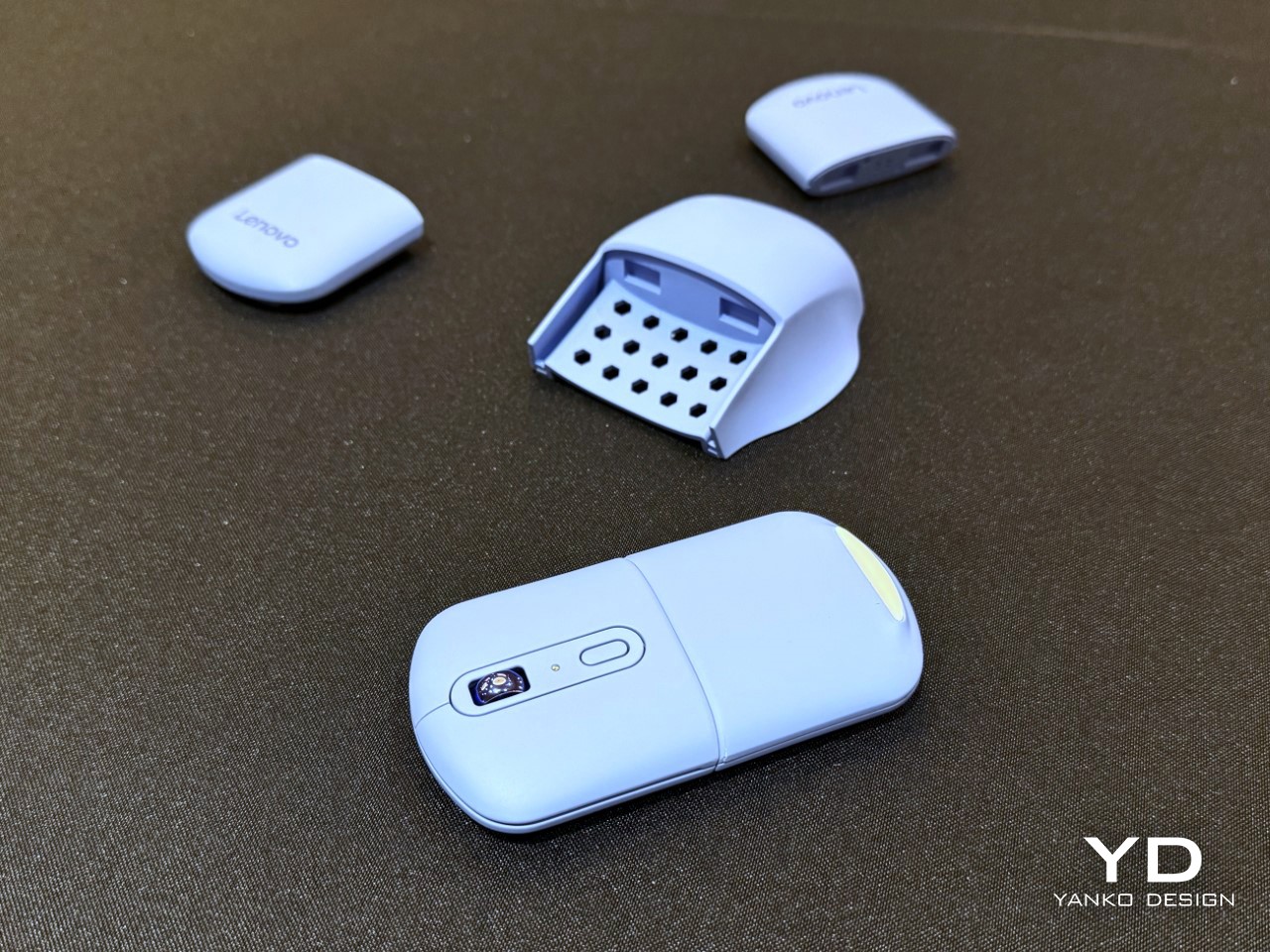
Lenovo could have left things like that, just making a mouse that’s sleek, magnetic, and easy to travel with – but they went one step ahead by building out as many accessories as they possibly could, making the mouse more versatile and useful than you would ever expect.
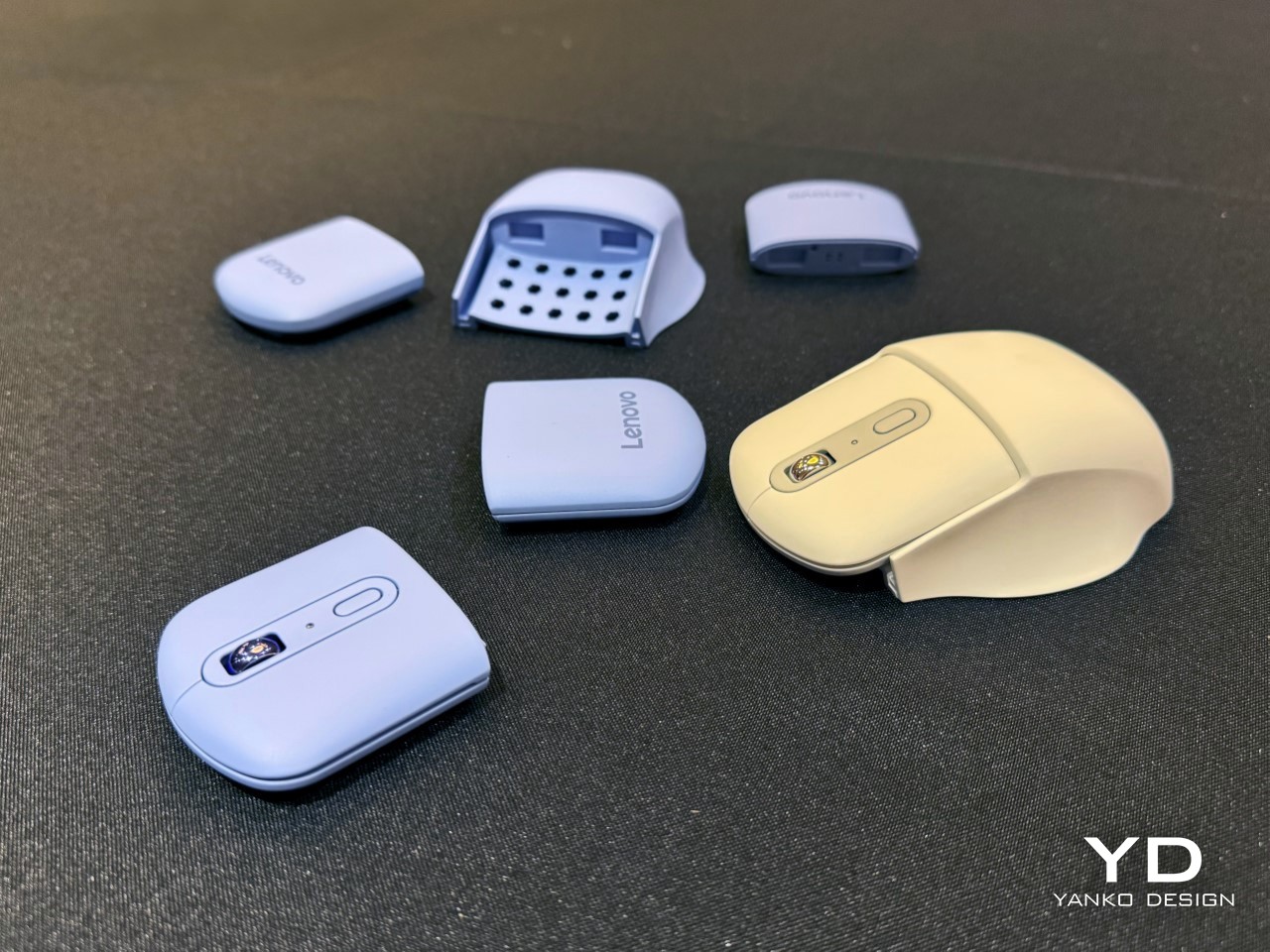
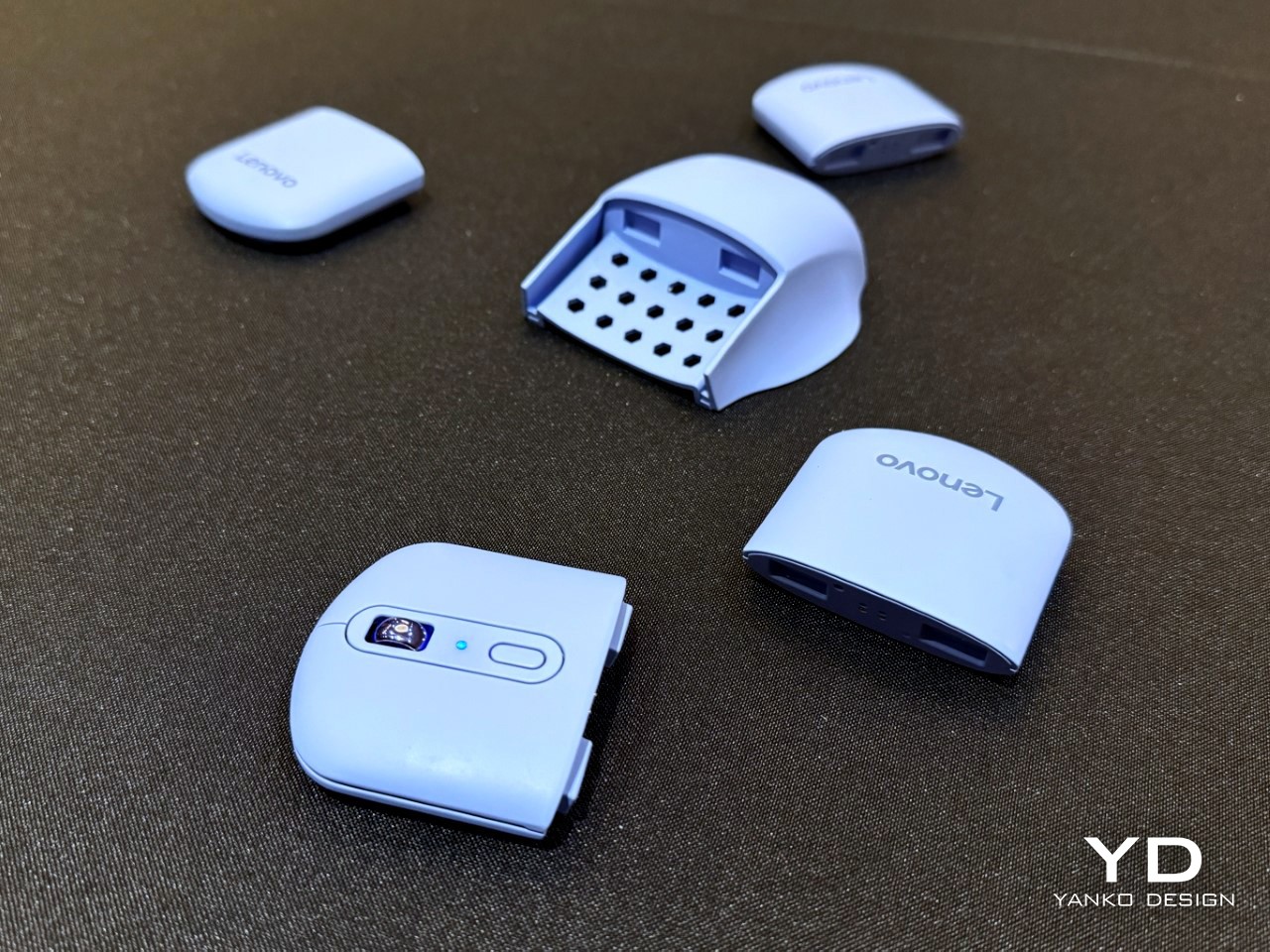
What you see above are the AdaptX’s multiple modules that let your mouse be much more than its most basic self. Sure, it’s sleek when you want something sleek – but what if you want something ergonomic? What if you want a mouse that also has extra features like a USB hub, or a mouse with double the battery life? Lenovo’s modules for the AdaptX just give the average wireless mouse superpowers, all packaged into a gorgeously foolproof system that turns your cursor-manipulating device into something overwhelmingly more useful.
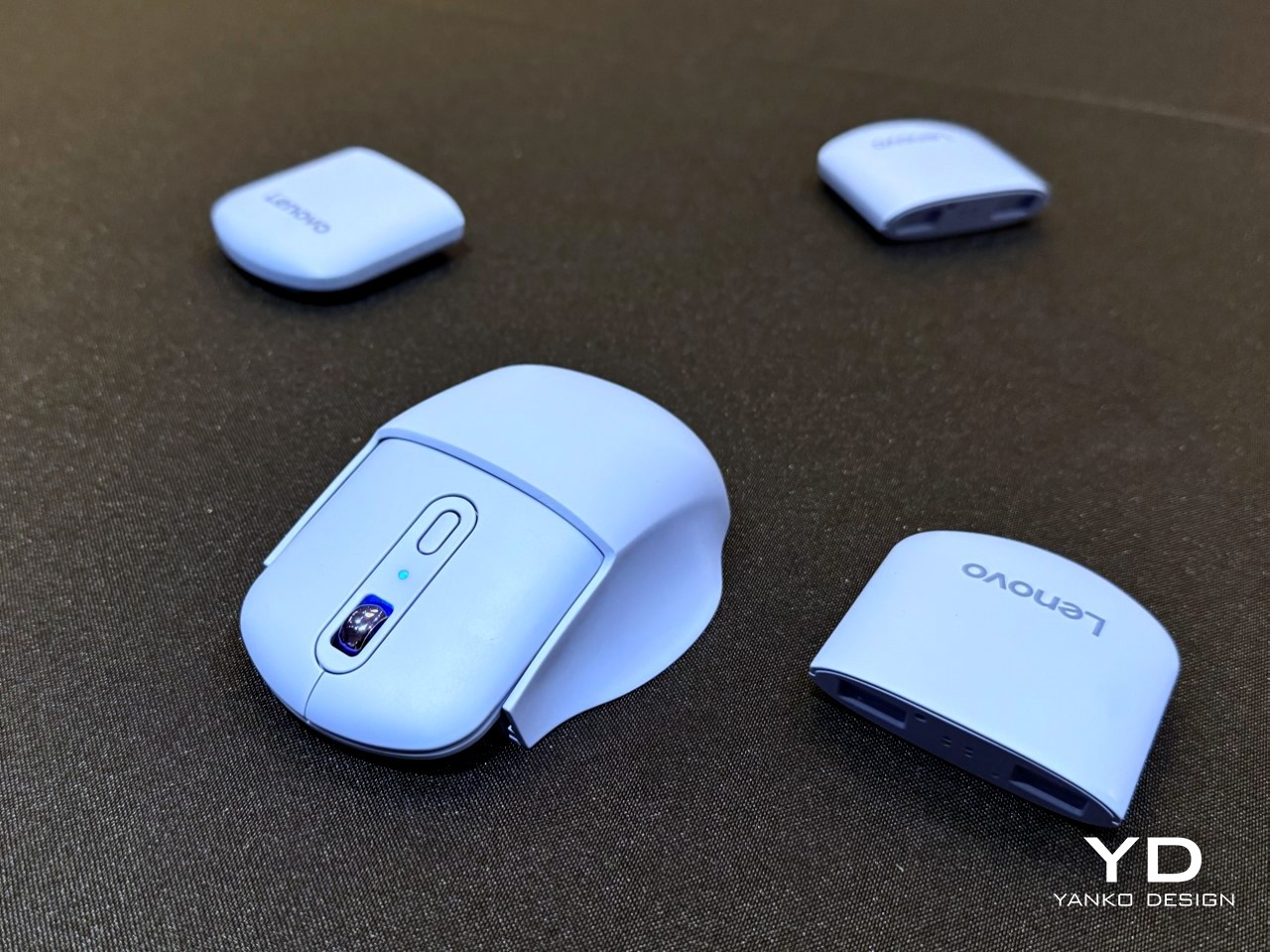
There are four broad rear modules to choose from – one ergonomic module, and three sleek modules that all hide extra features. The ergonomic module is simply a hollow plastic shell that snaps to the front half, giving you a mouse that feels a lot more traditional as it embraces the natural curves of your palm… but that’s almost every regular mouse.
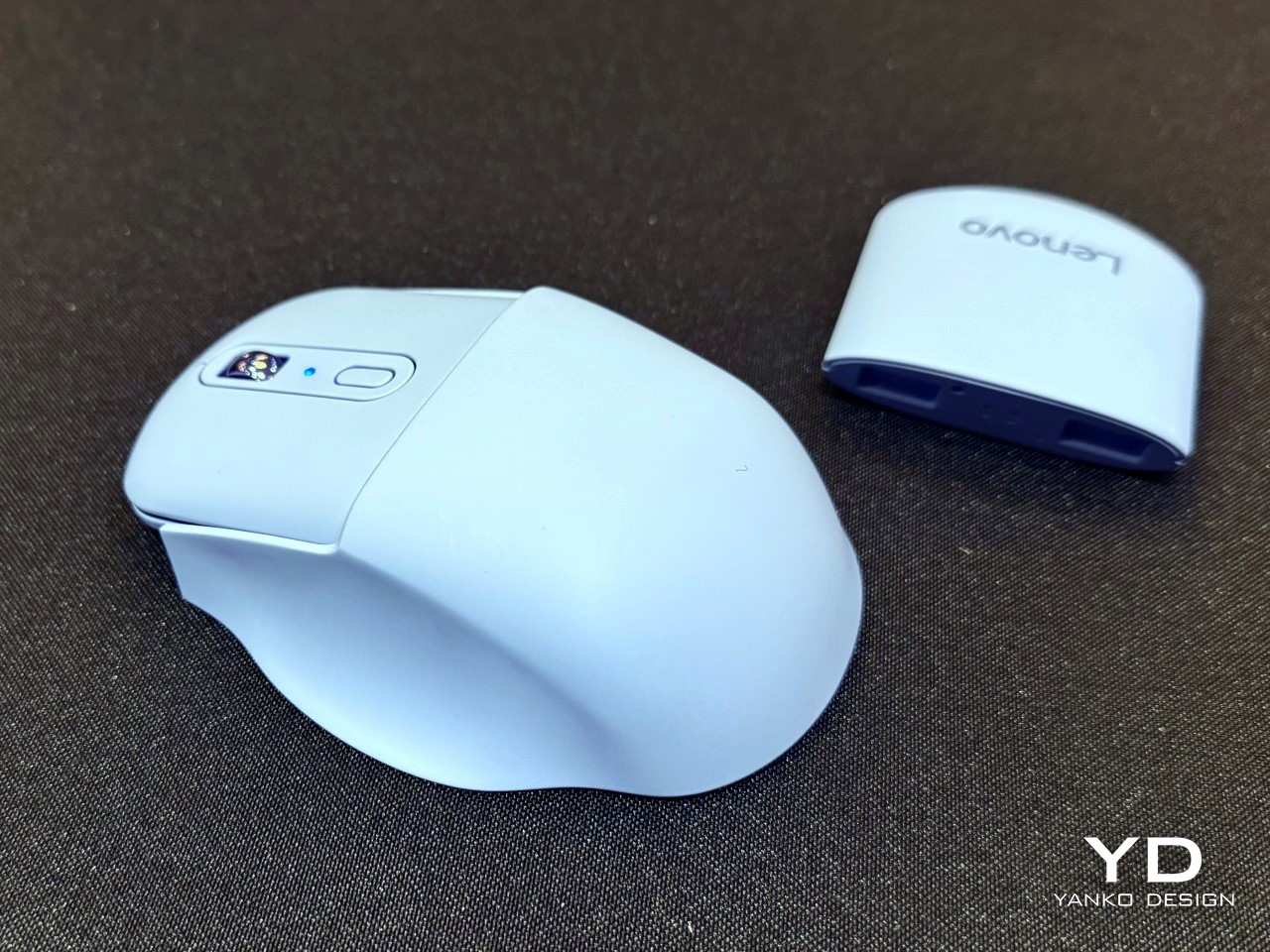
The three sleeker modules are exactly the same in form, but all have different functions. One serves as a power bank that charges the mouse but can also charge your phone, another stores small cards like SD cards, MicroSDs, SIM cards, TF cards, etc. and a final slim module doubles as a USB-C hub with a USB-A and HDMI input for your computer. Use the modules with the mouse, or detach them to use them independently as their own separate peripherals.
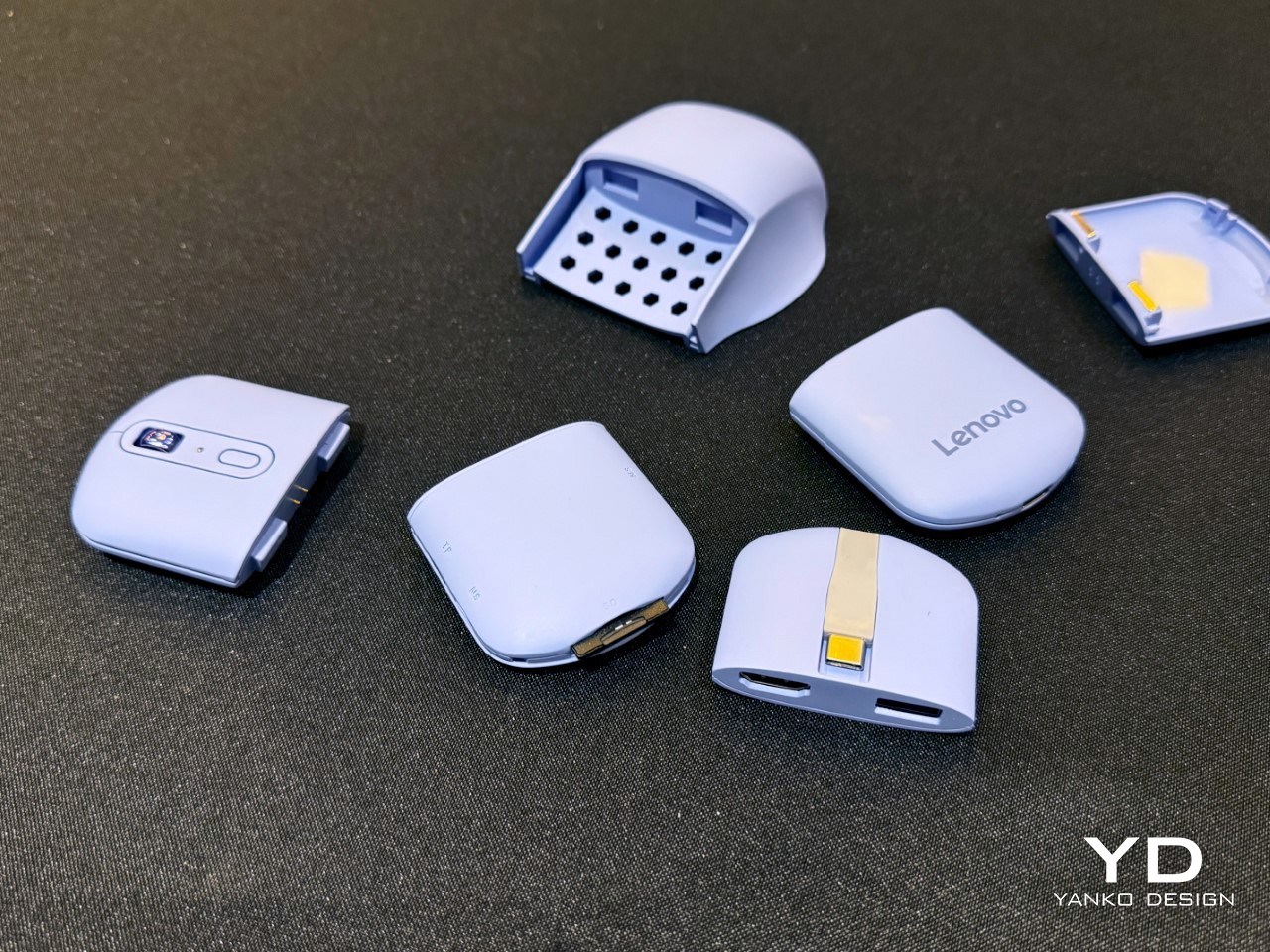
For now, the AdaptX has no specifics. It has no battery level, no DPI, no power bank battery capacity, no price, or no launch date. Logitech decided to keep this just as a concept, but honestly, it’s the one device I kept gravitating to at their showcase (and mind you, they were showcasing a rollable laptop too).
The reason why the AdaptX still occupies space in my brain is because it’s so simple, so clever, yet such an unexplored concept. Mice have stayed the same for years, whether they’re made for desk-use or for travel. The AdaptX challenges both the function as well as the form of the conventional mouse, allowing it to do everything while still being fairly user-friendly and intuitive. And that’s what is so remarkable about it – the fact that the AdaptX is so brilliantly creative in its design, while still sticking to the ‘form follows function’ theme that makes it every user’s dream mouse. All I hope, is that Lenovo doesn’t let this mouse remain a dream…
